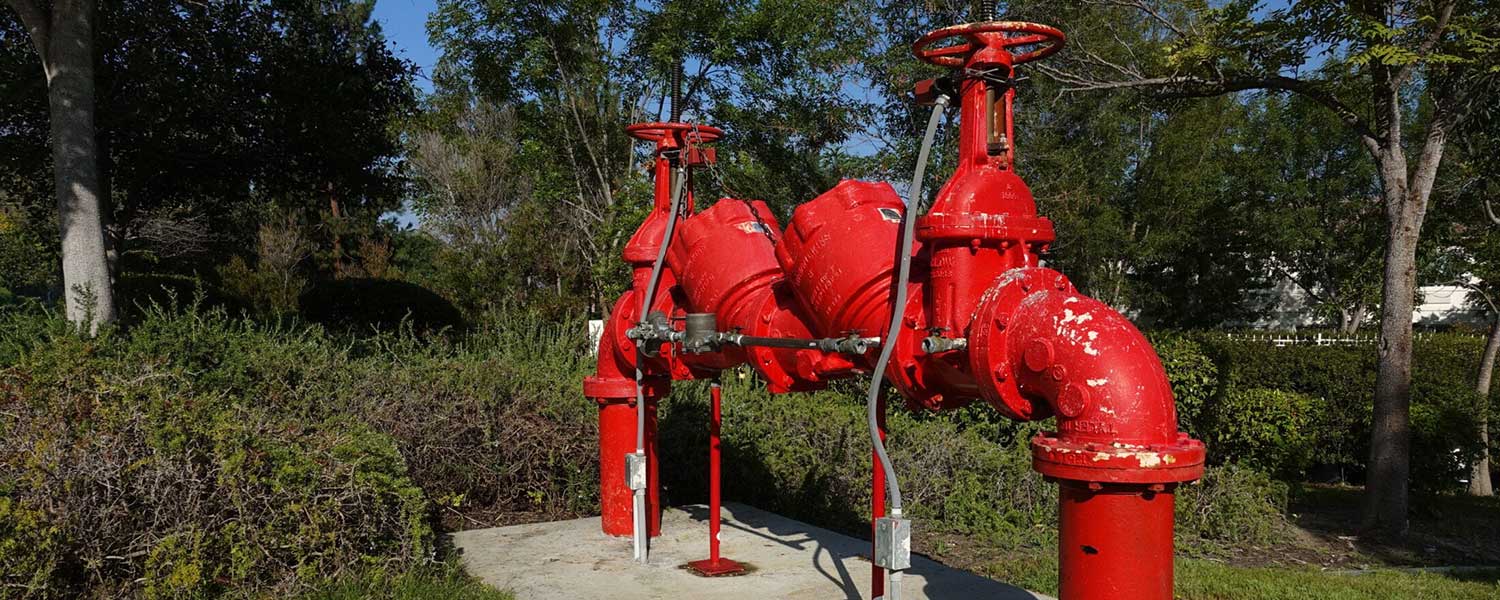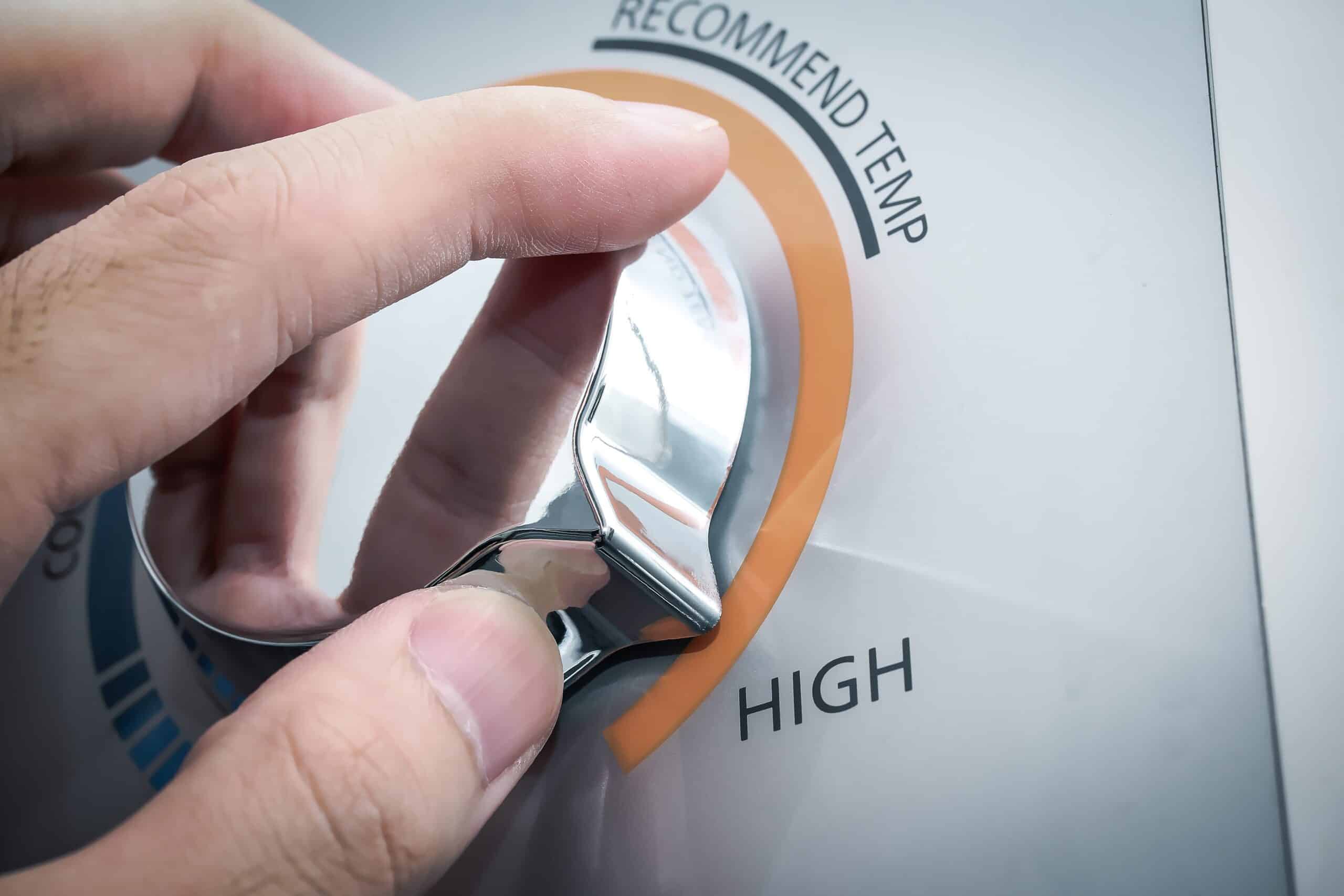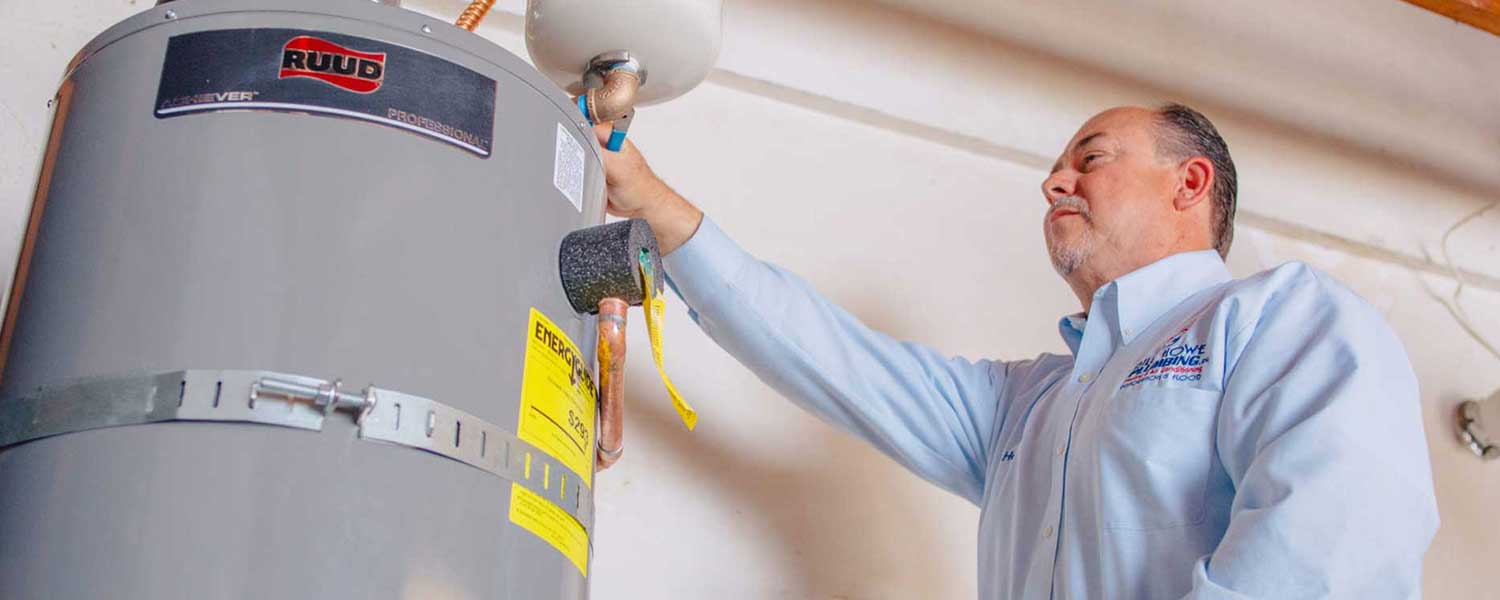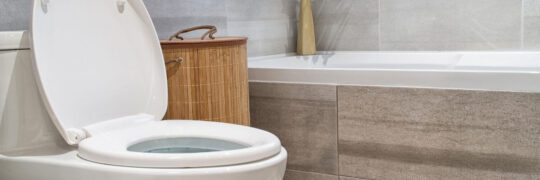Heating your home uses more energy and costs more than any other system in the home and can make up approximately 42 percent of utility costs, according to energy.gov.
In an attempt to create a more energy efficient home and save money, homeowners often look to the heating system choices to find those savings. While there are many differences to consider, including cost and efficiency, how do homeowners make an informed choice about the type of furnace to buy?
What is an Electric Furnace?
There are a few different heating options for electric heating in the home, but for this article, we will focus on electricity through air-source heat pumps and ductless split systems.
Air-Source Heat Pump
An air-source heat pump will perform double duty in the home, both heating and cooling, by transferring the warm or cool air in the home to the outdoors. While there are hybrid systems that use gas alongside electricity, most commonly they are fully electric heaters.
Heat pumps are good solutions for milder climates and temperatures, such as the mild winters in San Diego. They also come with higher efficiencies than most traditional gas furnaces at 95-100 percent AFUE; however, all furnace systems are moving towards a more efficient rating.
Efficiency
The efficiency rating on furnaces is measured by the annual fuel utilization efficiency, (AFUE). When installing or shopping for new furnaces, homeowners may see ratings like 80% AFUE, or 90 AFUE rating. The higher the percentage, the more efficient. What those numbers really translate to is the heat loss, so for every dollar spent on heating a 90 percent efficient system, 10 cents will be considered a loss. However, the AFUE rating does not account for the loss of heat through the homes natural venting, ductwork, or piping. Bill Howe Heating & Air recommends homeowners to invest in proper insulation to help avoid lost energy and heat when installing a new furnace, gas or electric.
Efficiency is one of the main reasons homeowners begin thinking of replacing old furnaces, even if they still run. Once a system is between 10 and 15 years old, chances are it is costing homeowners more than it is in heating their home. Plus, even 10 years ago, gas and electric heating systems were not made with high efficiency in mind, as they typically have continuous pilots, one stage, and low AFUE ratings as well as a lower SEER rating (we will get to SEER a little later).
Who Should Install a Heat Pump?
Installing a heat pump air-source may come down to the home configuration more than choice. Most single-family homes in San Diego have a natural gas line that runs to their home, even if they have electric appliances. Some more rural or in unincorporated will utilize LP, or propane, which can also use traditional gas furnace setups.
The most typical use of heat pump furnaces in San Diego will be in condominiums and high-rise residential buildings where there is not a dedicated gas line to individual units. In these placements, most homeowners will not have the option to install a traditional system and heat pumps, as ductless systems will be more applicable.
Ductless Split Systems
Like ducted heat pumps, ductless split systems are air source and provide options for cooling and heating through one device. However, an advantage of ductless systems that traditional heat pumps and gas furnaces cannot provide is zone control.
Ductless zone control allows for the variance in temperatures through the home, or spaces being heated by a ductless system. The indoor air handlers are mounted in individual rooms and can utilize up to 15 air handlers in a home, or business. Each air handler is independently controlled and can be programmed based on homeowners needs.
Zone control is a great way to heat the home only as needed. With the ability to heat only the space you need, and paired with a smart thermostat, homeowners can save on energy, wasted heat for unused space, and control their homes comfort from anywhere with Wi-Fi.
Ductless systems are also energy efficient with AFUE of 96 percent and more. Homeowners can also look for Energy Star certified models and cut energy costs up to 30 percent compared to traditional heating systems.
Homeowners looking into a ductless option should consider if they fall into any of these situations:
- High electric operating costs due to electric radiant heating or old and inefficient furnaces
- Homes without ducting preinstalled or with no space for new ducting
- Uneven heating (or cooling) in certain rooms or spaces
- Room additions or converted garages
- Large spaces with unused rooms
Ductless split systems do require an outdoor condenser unit, though it is much slimmer than traditional condensing units, as well as condensate lines. However, there are drawbacks to ductless systems. Though the units themselves are whisper quiet, a condensate pump can be noisy unless it is installed on the exterior of the home. Many homeowners do not want pipes on the exterior for aesthetic reasons. Ductless systems are also not cheap. They are not more expensive when put into comparison with the same efficiency traditional units in most cases, however, if installing a ductless system in a small space, they can come with a high price tag.
SEER
Before talking about natural gas heaters, it is important to introduce one of the most important aspects of savings with any furnace, electric or gas: Seasonal Energy Efficiency Ratio, or SEER.
The SEER will affect the cost of the furnace as well as the operating costs. Like the AFUE, SEER is an efficiency rating. There are different standards across the nation, but in California, the minimum SEER is 14 and they can reach as high as in the 30s, though these are not yet in common circulation. Most often, homeowners will see a maximum of a 21 SEER. It is important to know that the SEER is a maximum number, meaning it can be up to the actual rating and is variable.
Is higher better? Not necessarily. Yes, a 14 SEER is the lowest number California will allow, but it does not mean it is inefficient, it might be the ideal SEER for your home.
High SEER furnaces come with a high cost and the savings in energy may be recouped, but it will be over the life of the system.
High SEER systems come with larger coils and equipment and may be outsized for some homes. Just like getting the right efficiency for your home, getting the right size equipment is important.
High SEER does not mean better equipment overall. All manufacturers are held to certain standards and all manufacturers make varying levels of furnaces for consumers. Just like vehicles, you have your reliable, but not fancy, your hybrid alternative fuel, sports cars, and family vehicles with a variety in between. Not all systems are created equal, but savvy homeowners will find the right fit, the right budget, and the right furnace with a little research and the right contractor. SEER does not imply quality, simply the energy use of the system.
Natural Gas Furnaces
Traditional ducted systems running on natural gas are probably the most common furnace for homers. If the home already utilizes a gas system, when replacing the unit, it is much better to stay with a like system rather than retrofitting to a ductless or electric style heat pump.
Natural gas, however, does have its drawbacks in energy use. But, just like with heat pumps and ductless, manufacturers are making high-efficiency gas systems with 90 plus percent efficiencies. Choose a mid-range SEER, 90 percent AFUE rated system, and a variable stage and homeowners can save on utility costs with a quality system. Add a programmable thermostat and homeowners can active the same level of efficiency as with ductless systems, missing only the zone control.
The hazards of any natural gas system are safety, but homeowners with carbon monoxide detectors and who regularly scheduled maintenance can avoid common safety pitfalls with their traditional gas system.
And, for homeowners on a tight budget, know that upgrading your old system to any new system will provide big energy savings on usage. Since energy efficiency standards are always changing for the better, with all new replacements or installs, homeowners are getting a better furnace overall.
So really, the question of electric versus gas furnace is not necessarily the right question. Homeowners should be discussing their family’s needs and current challenges in home comfort with their professional estimators to choose the right system for them. It may end up being a ductless system or replacing a natural gas furnace with a new natural gas furnace. There are no benefits in choosing one or the other without first understanding what homeowners have, need, and want for the ultimate in-home comfort, unless you are building a “green” and “smart” home, but that topic is for a different article!
For the answers to all of your furnace needs, call the experts at Bill Howe. Voted as San Diego’s Best, we know how to listen to customers and design the perfect heating system for their home, their family, and their budget.
Call 1-800 BILL HOWE (245-5469) today for a free in-home evaluation of your home comfort needs.




